15 Glacier National Park Facts That Will Blow Your Mind
6. Glacier National Park Has Almost No Reptiles
There are only four species of reptiles in the park: garter snakes, western terrestrial garter snakes, western painted turtles, and rubber boas. All of these are non-venomous and are not aggressive. The cold winters and high elevations of Glacier National Park make it a hostile environment to cold-blooded species.
7. It Is One of the Top 10 National Parks
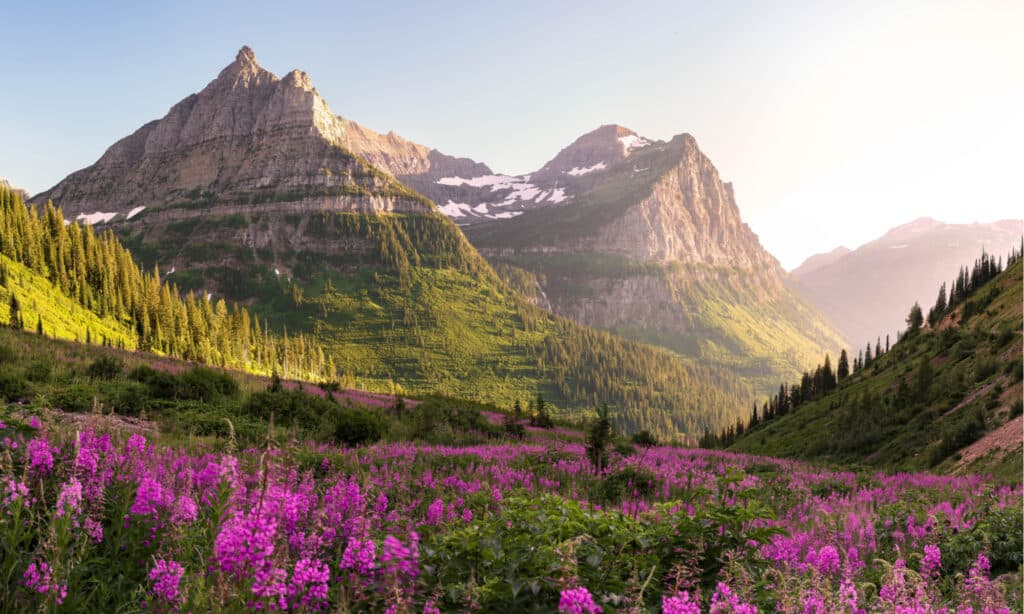
©TheBigMK/Shutterstock.com
Glacier National Park hosts approximately three million visitors a year, landing it the #10 spot on the list of most-visited U.S. National Parks. To prevent overcrowding, during peak season visitors must make a vehicle reservation to take the most popular scenic drives through the park.
8. It Catches on Fire Every Year
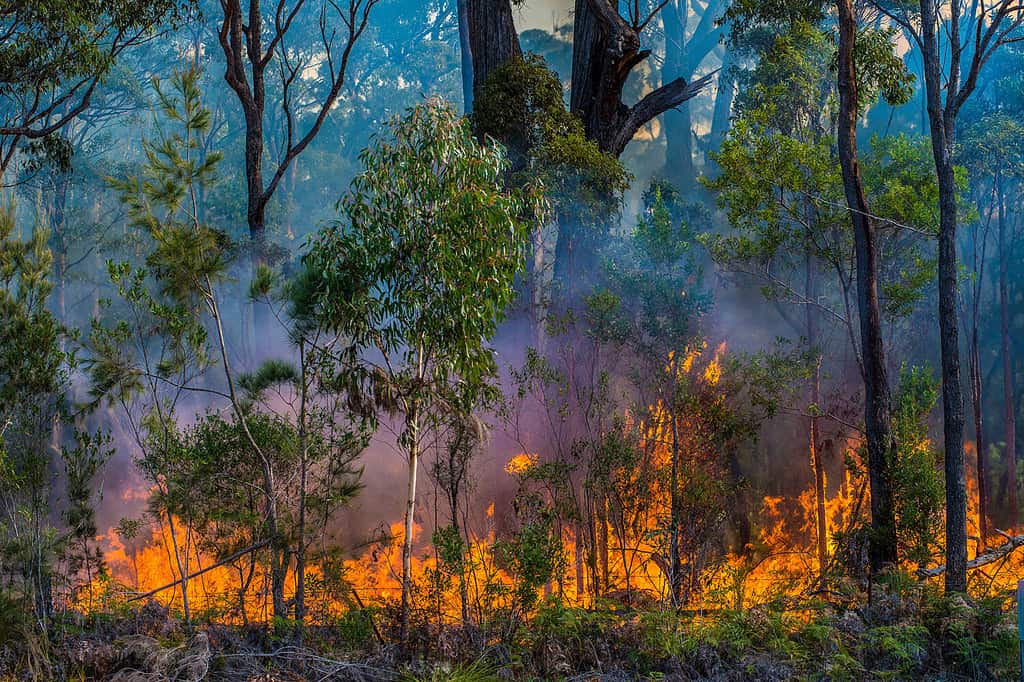
©Alf Manciagli/Shutterstock.com
With the exception of 1964, wildfires have burned the park every year. The year 2003 was particularly destructive, with six fires that destroyed 136,000 acres (13% of the park). Forestry officials now understand that within limits, fire is an important part of maintaining a healthy forest ecosystem. It burns away deadwood and brush to prevent even larger fires in the future and make way for new growth. Some plant species require the heat of a fire to open their hard seeds.
9. Wolves Restocked Themselves in the Park
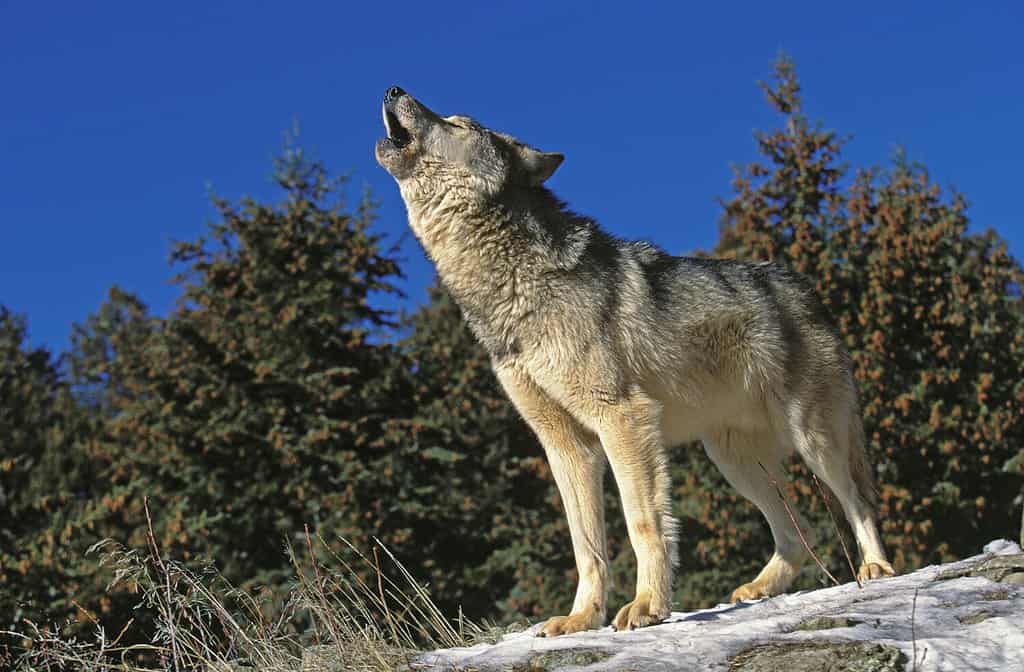
©slowmotiongli/Shutterstock.com
Wolves were hunted to extinction in Glacier National Park by around 1932. Fifty years later, a pack crossed over from Canada. There are now six to eight packs in the park numbering around 50 animals. Bison, on the other hand, were also hunted to extinction and have not made a comeback.
10. Native Americans Help Preserve the Region
Native Americans have lived in the area of Glacier National Park for about 10,000 years. Today to the southwest of the park is the Flathead Indian Reservation. The park shares its whole eastern border with the neighboring Blackfeet Indian Reservation. In 1895, the Blackfeet tribe sold 800,000 acres to the American government for $1.5 million on the condition that it be used as public land and that they would continue to have hunting rights there.
11. Visiting the Park is Like Time Travel
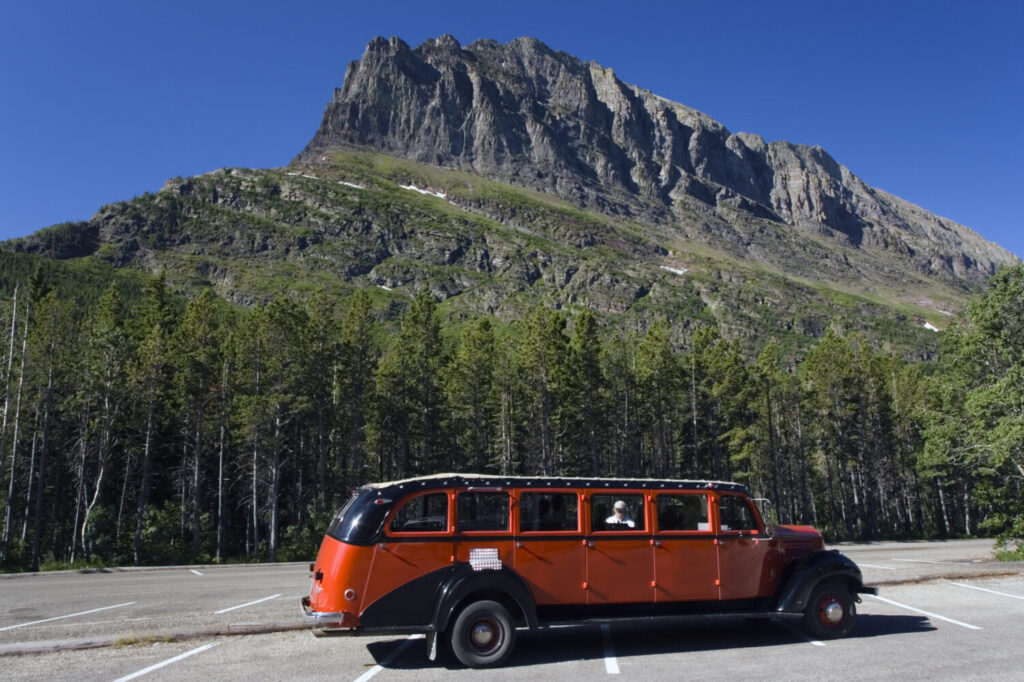
©Henryk Sadura/Shutterstock.com
There are over 350 buildings in the park that are all on the National Register of Historic Places. Built at the beginning of the 20th century, they continue to retain the charm they held for our great grandparents’ generation. Historic car enthusiasts will love riding around the park in 1930s-era red buses called “jammers.” Some of these have now been modernized to burn alternative fuels.
12. There is No Shortage of Hydration!
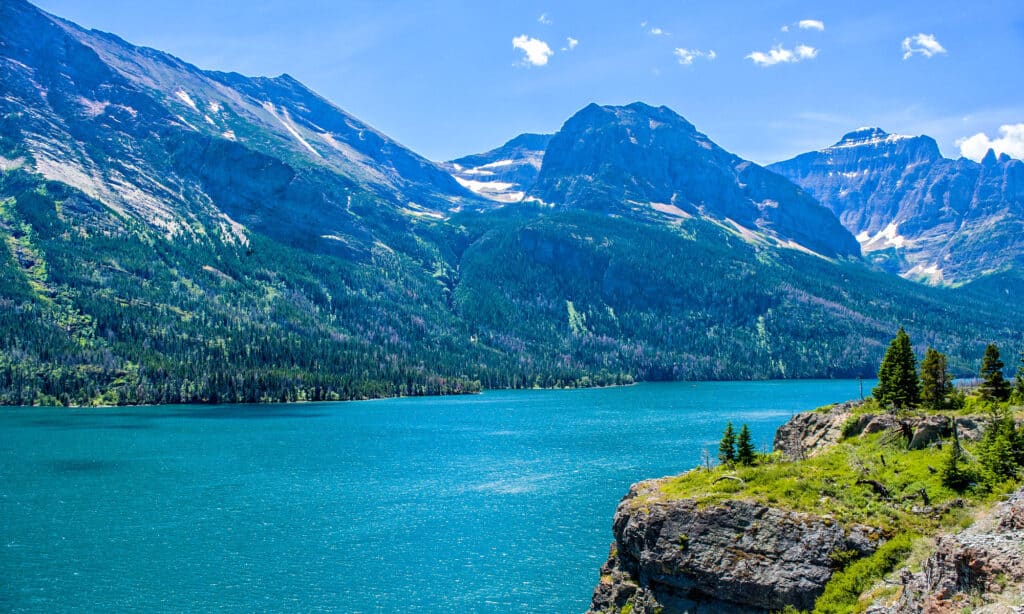
©Evelyn D. Harrison/Shutterstock.com
All those melting glaciers have created 762 lakes in the park. Only 131 of these have been named. The biggest is Lake McDonald. There are also 2,865 miles of rivers and streams. Please be careful though! Water accidents are, tragically, the top cause of death in the park.
13. Glacier National Park Has Its Highs and Lows
The highest point in the park is the 10,448-foot Mt. Cleveland. But unless you’re going mountain climbing, the highest elevation the vast majority of visitors will reach is 6,646 feet. You’ll find it on the Going-to-the-Sun Road along the Continental Divide. The lowest point is 3,150 at the Flathead River.
14. It’s Open All the Time, But Some Times Are Better Than Others
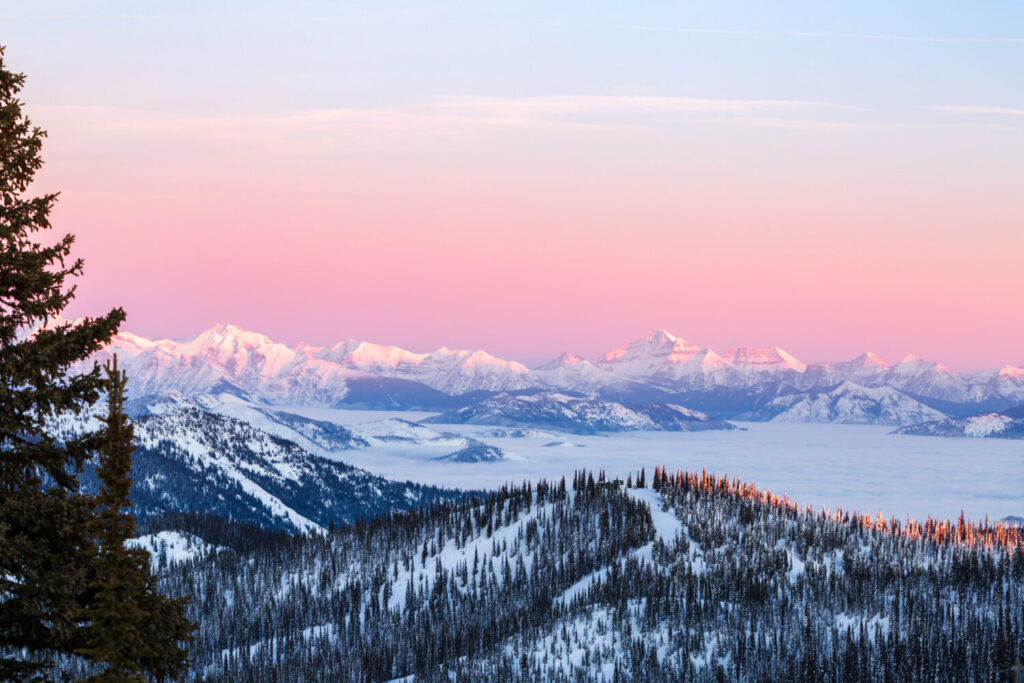
©davidmarxphoto/Shutterstock.com
Glacier National Park is open 24 hours a day, 365 days a year. July and August are the busiest seasons, with half the year’s visitors coming in those months. This not only creates congestion but drives up the price of flights, lodging, and rental cars. It’s also uncomfortably hot at that time, reaching into the 90s at times. Many previous visitors suggest that mid-September to early October is the best time to visit. The weather’s still pretty nice but school is back in session so college students and families with children are back home, substantially reducing the crowds. The worst time to visit is winter. Roads and hiking trails are icy and treacherous and may be closed to visitors. Temperatures stay below freezing the whole season.
15. Take the Train
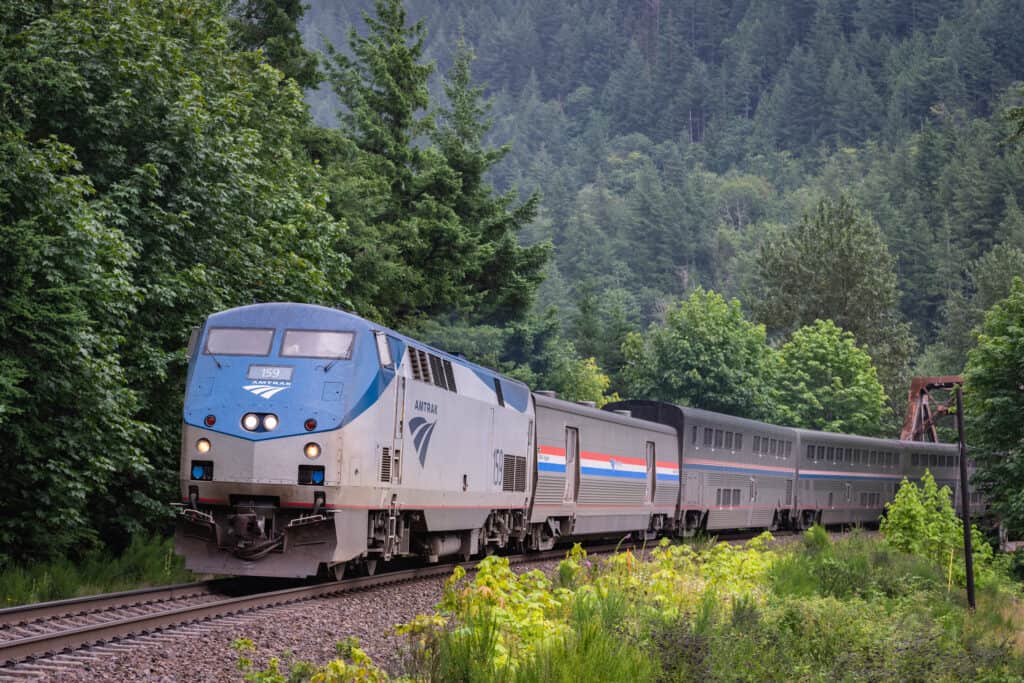
©Ian Dewar Photography/Shutterstock.com
A unique and memorable way to reach the park is by Amtrak. The Empire Builder route between Seattle and Chicago has a stop at East Glacier Park Station in East Glacier Park Village. This service is available from April to October.
Something for Everyone
Glacier National Park features scenic beauty, abundant wildlife, hiking trails, water recreation, historic attractions, and nearby indigenous cultures. The only question now is not whether you’ll visit Glacier National Park, but when.









